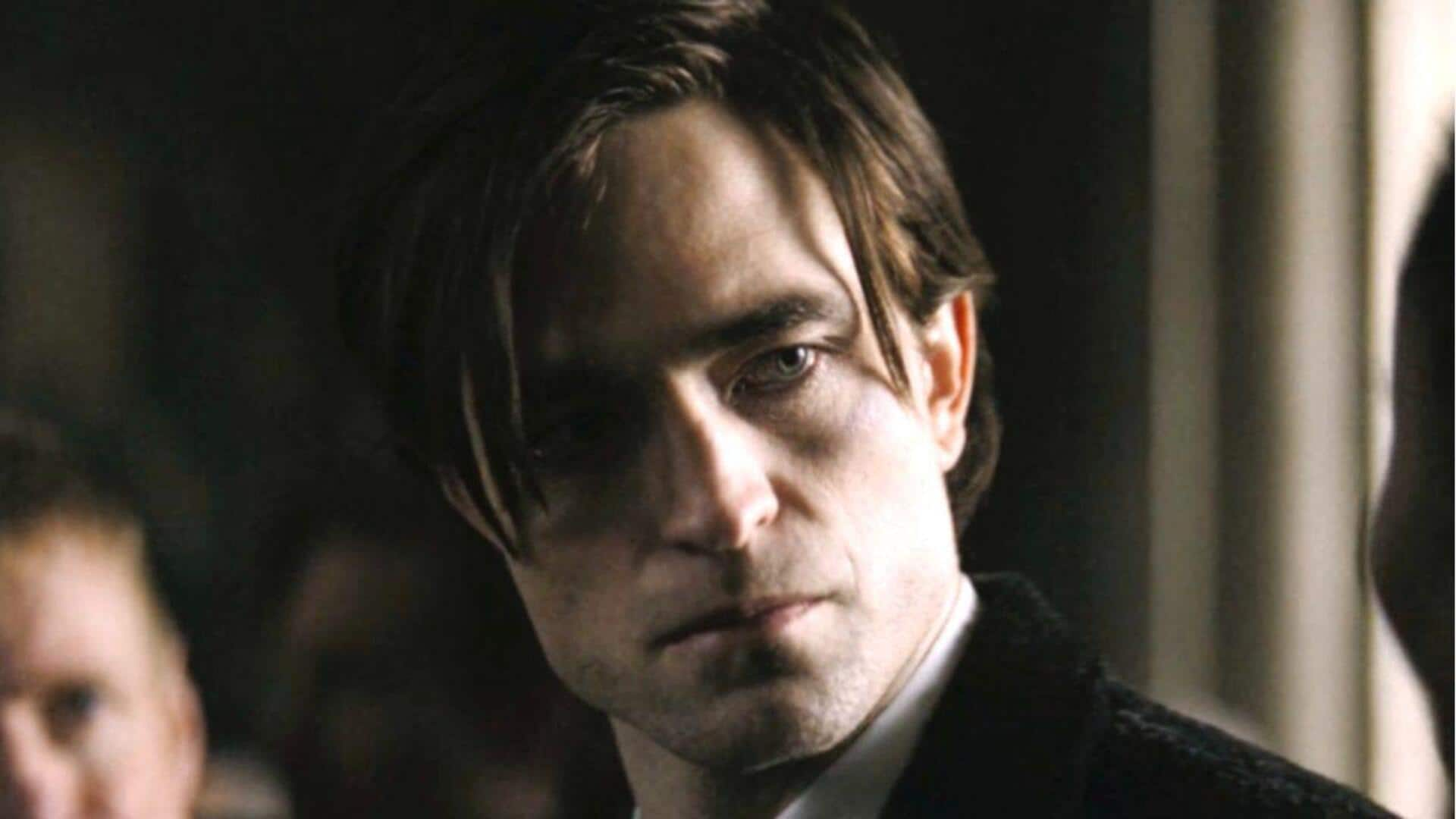
Batman: The hero who grew darker, wiser, and more complex
What's the story
From his debut in comics to his iconic status, Batman has transformed a lot over the years. The character reflects societal changes and audience expectations. This article delves into the evolution of Batman, from his early days as a simple crime-fighter to a complex character in modern-day adaptations. Let's explore how different eras shaped the Dark Knight's persona and appeal.
Early days
The golden age: Birth of a Hero
Batman made his first appearance in 1939's Detective Comics #27. The golden age of comics saw him as a simple vigilante, fighting criminals with no superpowers. His dark costume and mysterious persona set him apart from other heroes. This era focused on simple storytelling, highlighting his detective skills and physical prowess.
Changing times
The Silver Age: A shift in tone
The Silver Age (1956-1970) saw a lighter tone in Batman stories. This period emphasized campy humor and colorful villains. Batman was often portrayed alongside Robin in adventures that appealed to younger audiences. The shift reflected cultural changes, prioritizing entertainment over realism.
Dark resurgence
The Bronze Age: Return to darkness
The Bronze Age (1970-1985) marked a return to darker themes, much like the earlier days. Writers like Denny O'Neil and Neal Adams brought back psychological depth to the character. Batman's stories became more mature, dealing with moral ambiguity and complex villains. This era laid the groundwork for future interpretations by re-establishing Batman as a serious figure.
Contemporary evolution
Modern age: Complex narratives
Since the 1980s, Batman has continued to evolve through various media, including films, TV shows, and video games. Modern narratives delve into his psyche, relationships, and ethical dilemmas. The character is now portrayed as both a hero and an anti-hero, capable of making morally questionable decisions for the greater good.